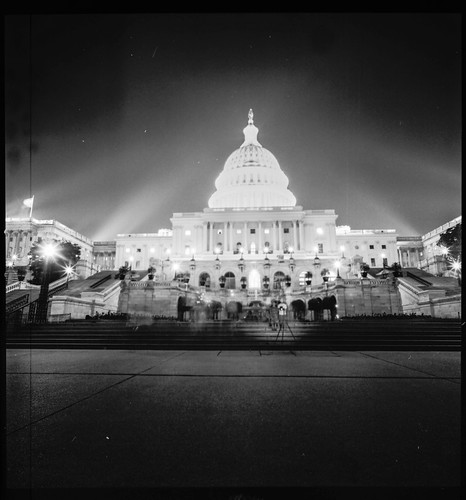“Red Line train to Glenmont.” Even with all the troubles that Metro has given us in recent history, the system is quite pretty. From the Brutalist architecture, to vistas on some of the fly over tracks, Metro can still provide beauty in our daily lives. And that’s before you take the time to do a long exposure of a train coming into a station.
Pablo certainly captured that beauty with this Red Line train entering Union Station. He caught it just right so that the individual cars run together at one end, making it look like a single car. And at the other end, there are the light lines streaming along. And if you look closely at those light lines, you’ll see the wonderful movement made in the long exposure; solid lights and letters moving together forming a unique pattern. And you can clearly read the station sign and the warning on the tracks through the train’s arriving movement. Quite the sight and always a pretty one to see.
By the way, if you’re interested in great photography, our friends over at Exposed DC are getting ready to kick-off their 2014 Exposed Photography Show. They’re having a launch party at Bluejacket tonight and it will be well worth going to. This juried photography show is going into their seventh year and it is always worth seeing (both Kerrin and myself, as well as many of our regular contributors, have had photos in previous years of the show). Hope to see many people at the party!

